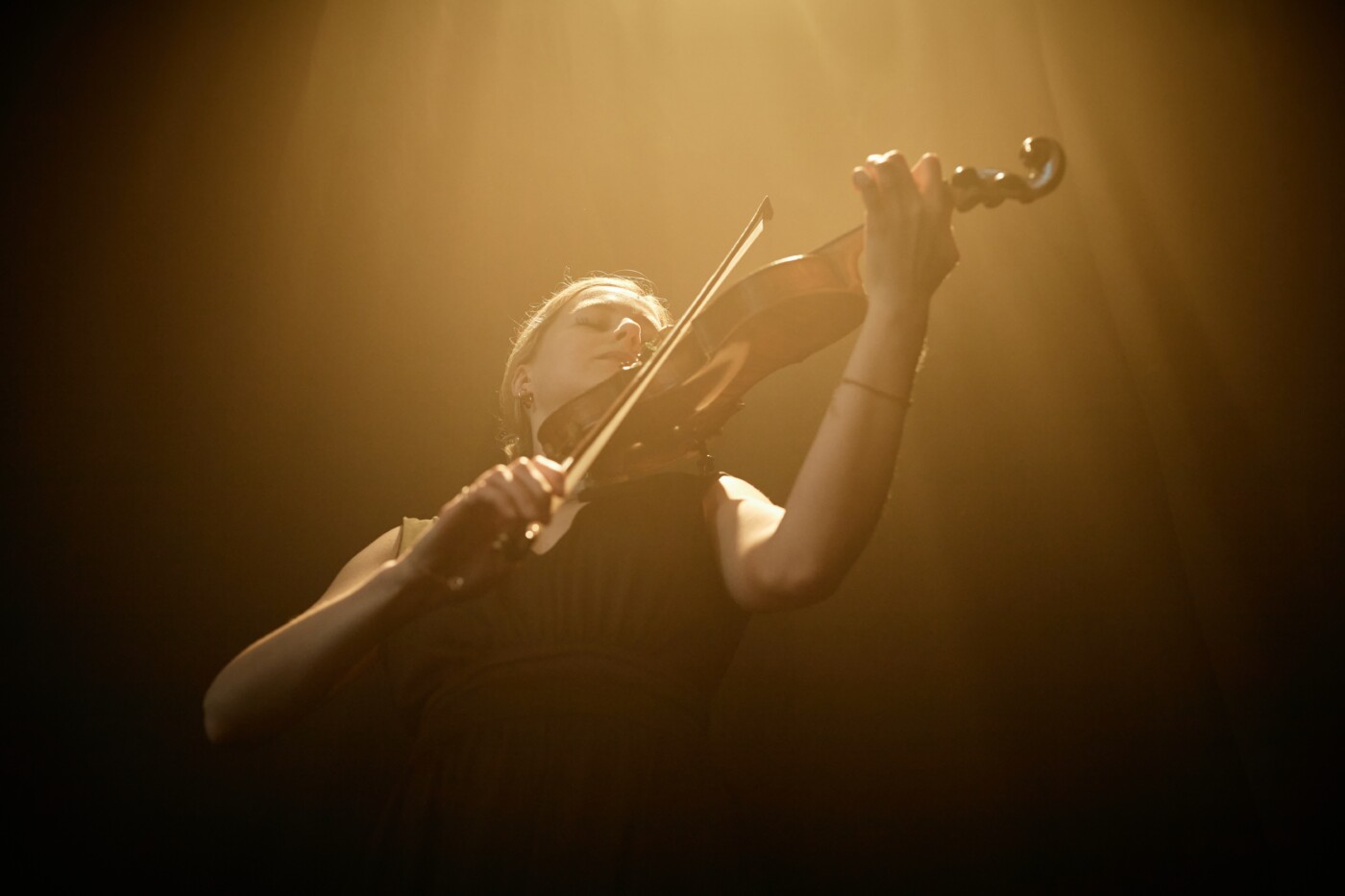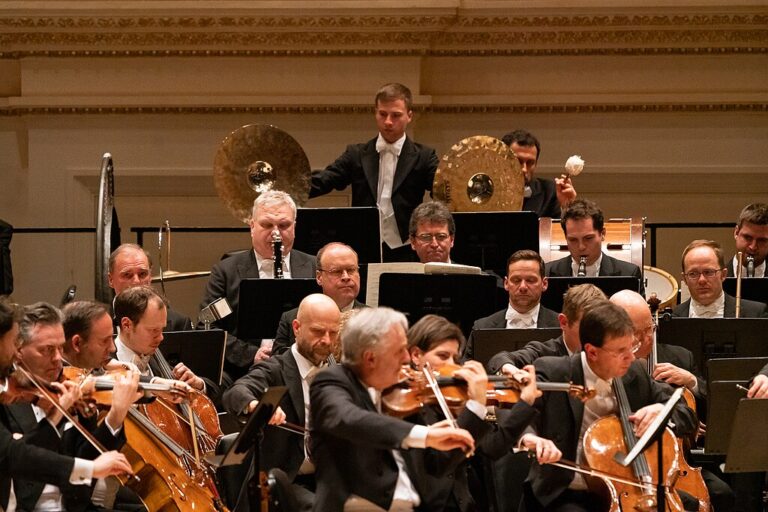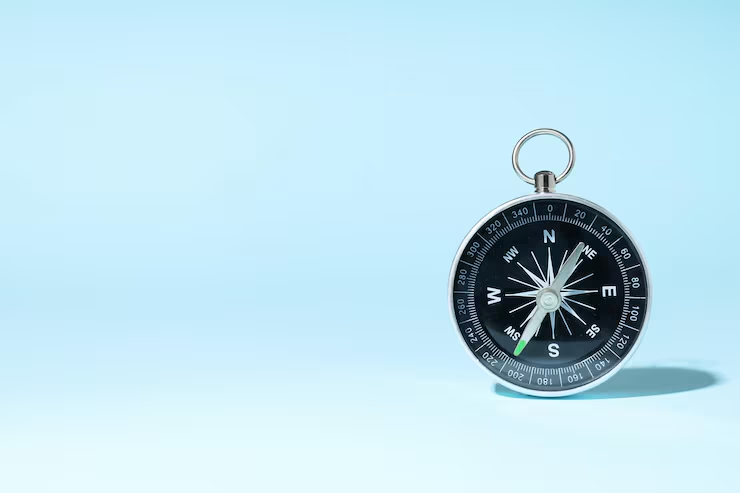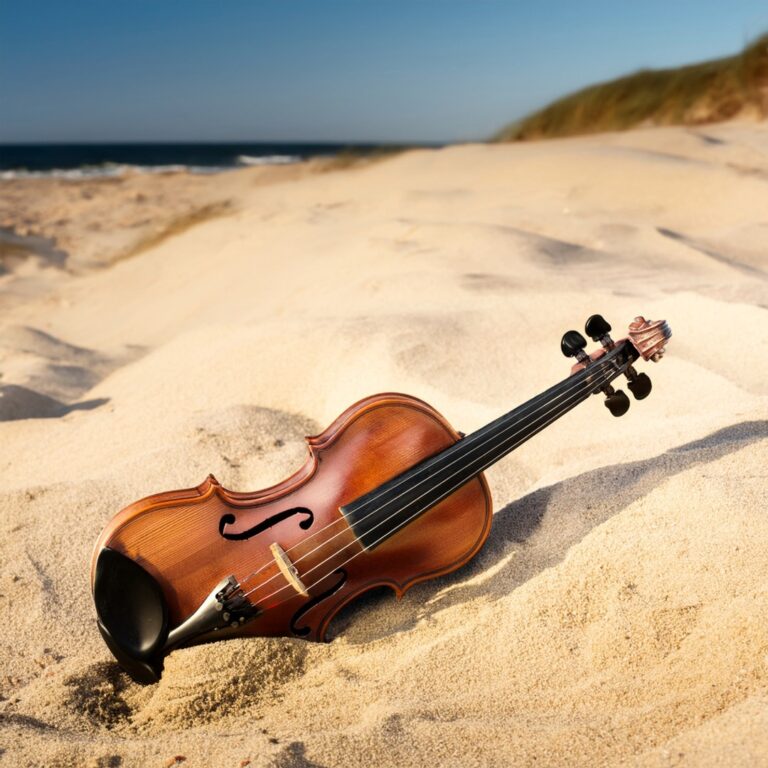The Most Beautiful Violin Music the World has Ever Known
by Mae Marabella
Since the emergence of the violin, composers from all eras and nationalities have created beautiful works with melodies that would be deeply loved for centuries to come. The pieces listed below feature the soaring beauty of silky violin tone. While this list does not come close to representing even a fraction of beautiful violin music, these are arguably among the favorites of the masses.
Meditation from Thais by Jules Massenet
This piece originally premiered as part of the opera, Thais, in 1894, occurring between scenes of reflection and spiritual transformation in the main character, Thais. Now having branched out from the opera-house and having become a beloved concert piece, Massenet’s Meditation has been played and recorded by world-renowned soloists and the score has been arranged for several other instruments as well.
Christoph Willibald Gluck’s Mélodie
This powerful piece was written by Gluck for his opera, Orfeo ed Euridice, which was based on the Greek Myth by the same name. It was first premiered in Vienna in 1762 and depicts the character Orfeo’s love, longing, and despair after losing his wife, Euridice.
In 1913, Fritz Kreisler arranged the piece for piano and violin. Kerson Leong and David Oistrakh famously performed these pieces.
Amy Beach’s Romance
This very special peace was written by pianist Amy Beach and dedicated to her close friend and violinist, Maud Powell, for their performance at the World’s Columbian Exposition in Chicago in 1893. This piece features the Romantic period’s expressiveness, that deepen the piece’s roots of warmth, friendship and love. Composed for violin and piano in Beach’s early career, the Romantic period style is shown through both the violin and piano voices.
R. V. Williams’ Lark Ascending
This piece, completed in 1914 and first performed in 1920, was composed as a single movement piece. While originally composed for violin and piano, by the time it was performed, Williams had rewritten it to be for solo violin. This piece was inspired by an 1880s British Poem and is characterized by the free-flowing and graceful sound, with the orchestra or piano providing a soft, ethereal accompaniment. An opportunity for a second melody or flute solo is included in the second half of the piece.
Vivaldi’s “The Four Seasons” Winter Movement
This set of four 3-movement concertos, each written to represent each seasons, first premiered in Amsterdam in 1725. In its original form, each season’s piece is paired with sonnet. A staple in Baroque repertoire, the Winter movement’s Largo section is famously transcendent and lyrical, placed between two of the most invigorating movements in Baroque literature.
Dvorak’s Romance in F Minor
This piece was composed in 1873 and revised to its completed form in 1877. While originally inspired by one of Dvorak’s previous quartet pieces, Romance was adapted for solo violin and orchestra. This piece reflects its Czech heritage in its melodies, and shows Dvorak’s unique talent for adapting chamber music into orchestral stand-alone pieces.
Dvorak’s Songs my Mother Taught Me, 1880
This is another beloved pieces of Dvorak, part of “Gypsy Songs”, a set of his works written in the late 19th century. This single piece was written out of respect to the generations before him who impacted his love for music. This piece was originally composed for voice and piano and later adapted for violin by Fritz Kreisler.
Bruch Violin Concerto no 1, II. 1866-1868
Bruch’s first violin concerto is undoubtedly his most famous piece. The piece was first performed in 1866, then revised with the help of Joseph Joachim and premiered by Joachim in 1868.
Despite the piece’s extraordinary success, Bruch never received any royalties after selling the rights to publishers or sending scores to be sold in the United States. Bruch also felt that this Concerto overshadowed his extensive collection of other works. While Brush passed away after a period of misfortune and poor health, his works will outlive him for centuries to come.
Bach Violin Concerto in A Minor, II. Adante
Written by Bach likely between 1717-1730, this piece creates two stunning voices between the soloist and orchestra or piano. Employing a heavily patterned ostinado bass part showcases the lyricism of this particular movement, making it especially stunning.
Bach Air on the G String
This piece is part of the 3rd Orchestral Suite in D Major, arranged in 1871 by August Wilhelmj to be played, as the name suggests, in C major on the violin G string with piano accompaniment. This piece evokes feelings of melancholy and peacefulness, brought to a dreamlike sound by the deep, rich tone of the G-string.
Pachelbel’s Canon in D, 1680-1690
Canon and Gigue in D major for 3 Violins and Basso Continuo, most commonly known as “Canon in D”, was composed by Johann Pachelbel around 1680-1690, but unpublished until the 1919. As the full name describes, the 3 violins play one voice over a continual Bass voice.
Canons are melodies written for multiple voices at once, leaving room for some stylization as the piece is composed. Characteristic of a canon are its structured rhythm and timing. Canon in D is highly recognizable have been sampled in modern music, such as in “Christmas Canon” by Trans-siberian Orchestra and “Memories” by Maroon 5. It is also a very popular choice for Weddings.
Chopin’s Nocturne 19 in E-Flat Major (Nocturne Op. 9 No. 2), 1832
Composed between 1830-1832, published in 1833. One of many Nocturnes published by Chopin, Nocturne Op. 9, No. 2 is famous for its lyricism and beauty specifically when played solo with a piano accompaniment.
Sibelius Violin Concerto in D Minor, 1904
The original version of this piece was premiered by soloist Viktor Nováček in 1904 Helsinki, premiered in its final form in 1905 by Karl Halír in Berlin. While Halír’s performance was better received, the 1904 version still exists and provides insight into Sibelius’s creativity. In contrast to many of the serene, lyrical pieces in this list, the second two movements have an intense and fierce energy that makes for an incredible solo.
Chausson Poeme, 1896
In response to a request to write a concerto, Chausson wrote this freeform piece over three months while on vacation in Florence. Poeme’s first performance was by Eugene Ysaye, who had requested the piece from Chausson, and Chausson’s wife on piano, at a party for a Catalan painter.
Tchaikovsky Melodie in E-flat major, 1896
This piece was composed earlier in Tchaikovsky’s career in 1884, completing Souvenir d’un lieu Cher, a set of three works. Each of these works were published separately over 4 years. While most often performed by violin and piano, arrangements for orchestra or cello and piano are performed frequently as well.
Modern Pieces
Argo Part’s Spiegel im Spiegel, 1978
This piece is known for its beautiful and poignant use of minimalism. Players and listeners of this piece often find this piece to provoke feelings of serenity, reflection, and acceptance, making it a popular choice for soundtracks throughout film and television. This piece has been adapted for solos of many different instruments.
Part is credited for the development of Tintinnabuli, a musical language. Translated to ‘bells’ to describe the simple, repeating voice that serves as a background to the melody.
John Williams, Schindler’s List Theme
Originally composed for the film, “Schindler’s List”, this piece by John Williams is a masterpiece of emotionality. This piece is used as a motif of throughout the remainder of the film.
While immortalized in the Schindler’s List film, this piece continues to be played by violin soloists. Itzhak Perlman was originally recorded for the film. Saito Ken also famously recorded this piece alongside John Williams.
Summerland by William Grant Still, 1935
Composed by William Grant Still, an African American composer of the 20th century. The second of a three movement piece titled “Three Visions”. Still wrote these pieces to illustrate the journey of a human soul after death. This piece is particularly meant to depict the soul in an blissful in-between state before reaching a higher consciousness.
O Magnum Mysterium, 15th century, Arr. 1994
A Gregorian Chant that never fails to amaze when performed by choruses, orchestras, and soloists alike. Dated back to the 15th century, each phrase of this piece is saturated in emotion and spiritual peace. The most notable recording of the violin arrangement of this piece is by Anne Akiko Meyers.
Florence Price Adoration, 1951
This unique piece was originally composed for church organ and was later arranged for solo violin. This pieces beauty and heavy emotional component is due in large part to Price’s experiences with the heavy United States racism that persisted throughout her life.
These pieces, spanning centuries and continents, showcase the violin’s unique ability to speak directly to the human soul. While this list is only a glimpse into the vast world of violin music, it highlights the timeless beauty that continues to resonate with listeners around the globe. Whether you’re a longtime aficionado or a curious newcomer, may these works inspire you to explore even further into the rich tapestry of violin repertoire.




